Yellowstone National Park Officials Say If You See This, “Stay Away”
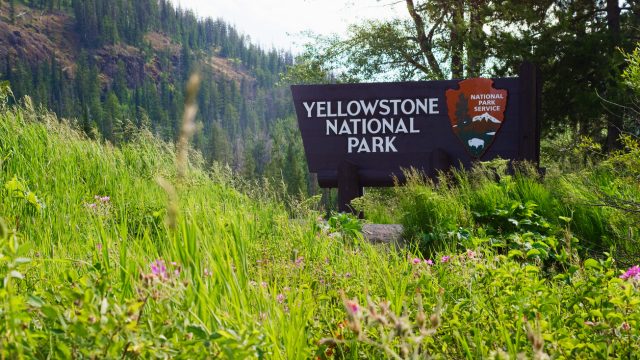
Few places in the U.S. are as beloved as Yellowstone National Park. As the oldest and one of the most visited sites in the system, travelers come from all over to take in its magnificent views and connect with nature in a spectacular way. But just as with any trek into the wilderness, a visit to the park doesn’t come without its fair share of potential risks. And now, officials at Yellowstone are warning visitors that if they see one thing, they should “stay away” for their own safety. Read on to see why guests need to be aware of this seasonal hazard.
READ THIS NEXT: The 6 Best U.S. National Parks to See Fall Foliage.
Park representatives issued an alert about an “unpredictable” threat earlier this summer.
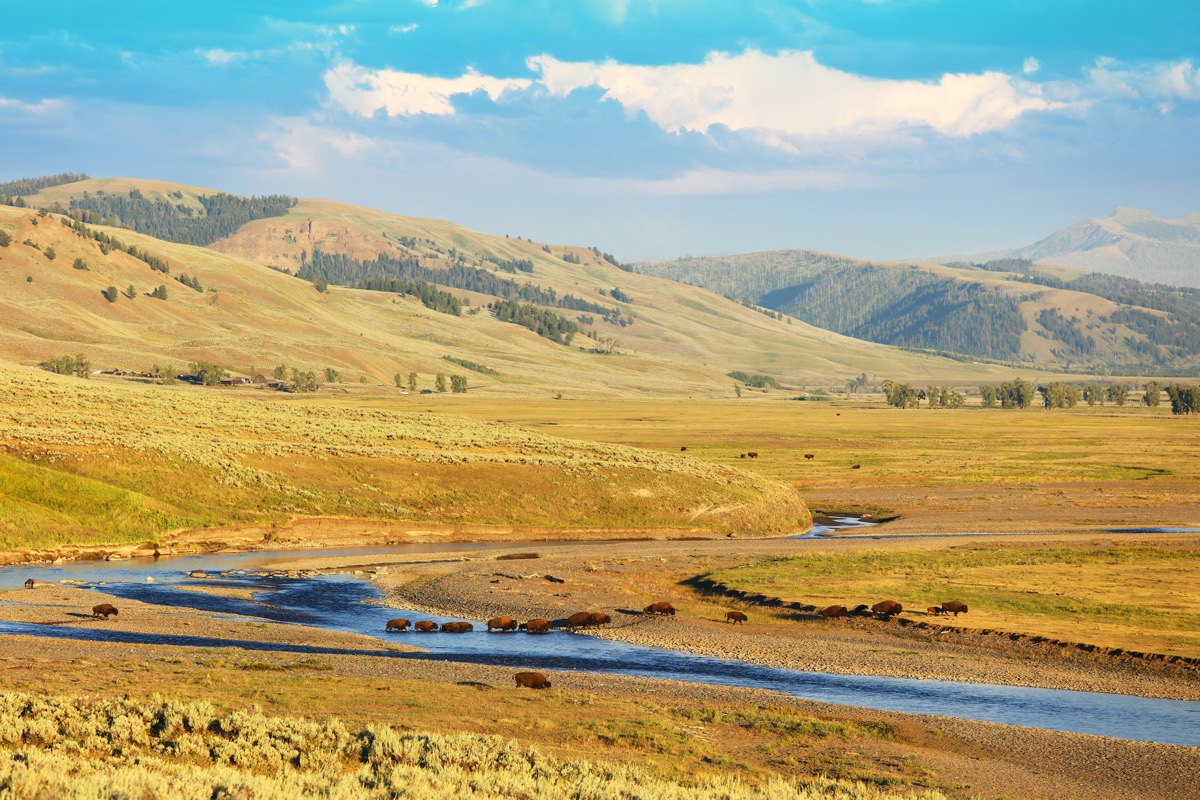
After contending with historic floods that kicked off its high season, Yellowstone was able to bounce back and reopen most areas for visitors earlier this summer. But even after the waters receded, a string of incidents prompted an alert from officials to ensure guest safety.
On June 30, the park announced that two guests had been gored by bison within three days, marking the third such incident of the season. In a press release, Yellowstone officials reminded the public that “bison are wild and unpredictable” and to always use caution while around them.
Experts responded to the incidents by pointing out how vital awareness of the potential hazard was for visitors. “It’s critical that people remember our national parks are not zoos or amusement parks,” Scott Cundy, co-founder of Wildland Trekking, told The Washington Post last month. “They are real, wild ecosystems with animals that may look docile but can be extremely dangerous.”
Yellowstone officials are cautioning visitors to “stay away” from this one thing.
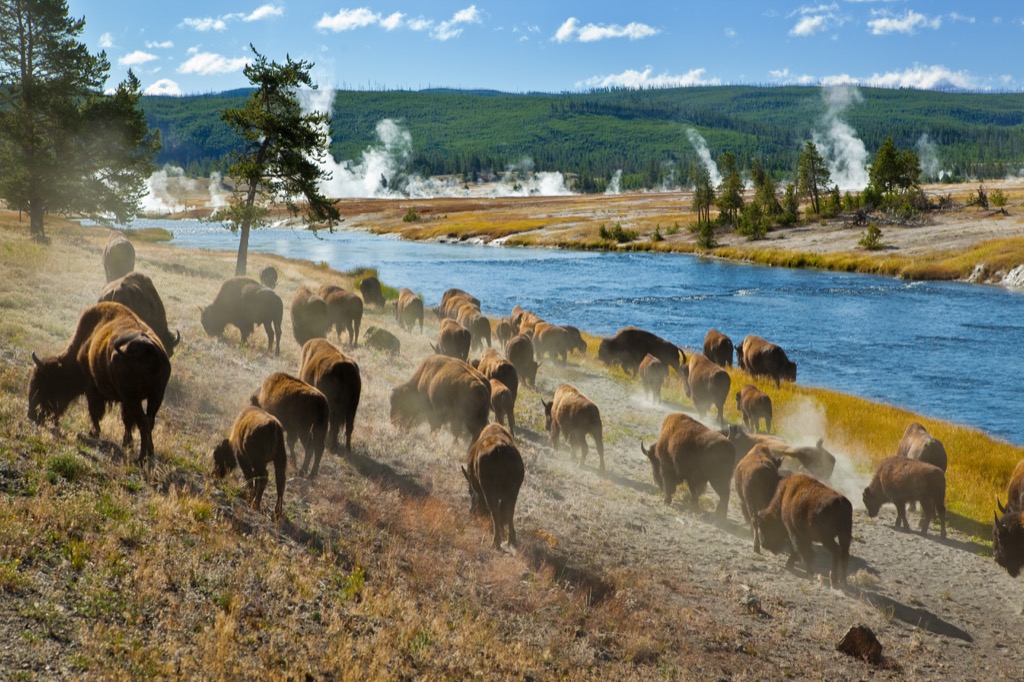
The park’s iconic grazing animals will always be a fixture of its landscape. But in a Facebook post on Aug. 20, Yellowstone officials alerted guests to a seasonal event that’s currently underway that might make them even more aggressive than usual.
“When bison begin to slowly migrate to the Lamar and Hayden valleys, you know it’s rut season in Yellowstone National Park!” the post reads. “It’s important to remember that during rut, bulls are on high alert and can get aggravated easily! No matter what time of year, always stay further than 25 yards away from all wildlife, and make sure both tires are over the white lines if you pull off the road to view them.”
RELATED:
For more up-to-date information, sign up for our
daily newsletter.
The annual event takes place in the park every summer.
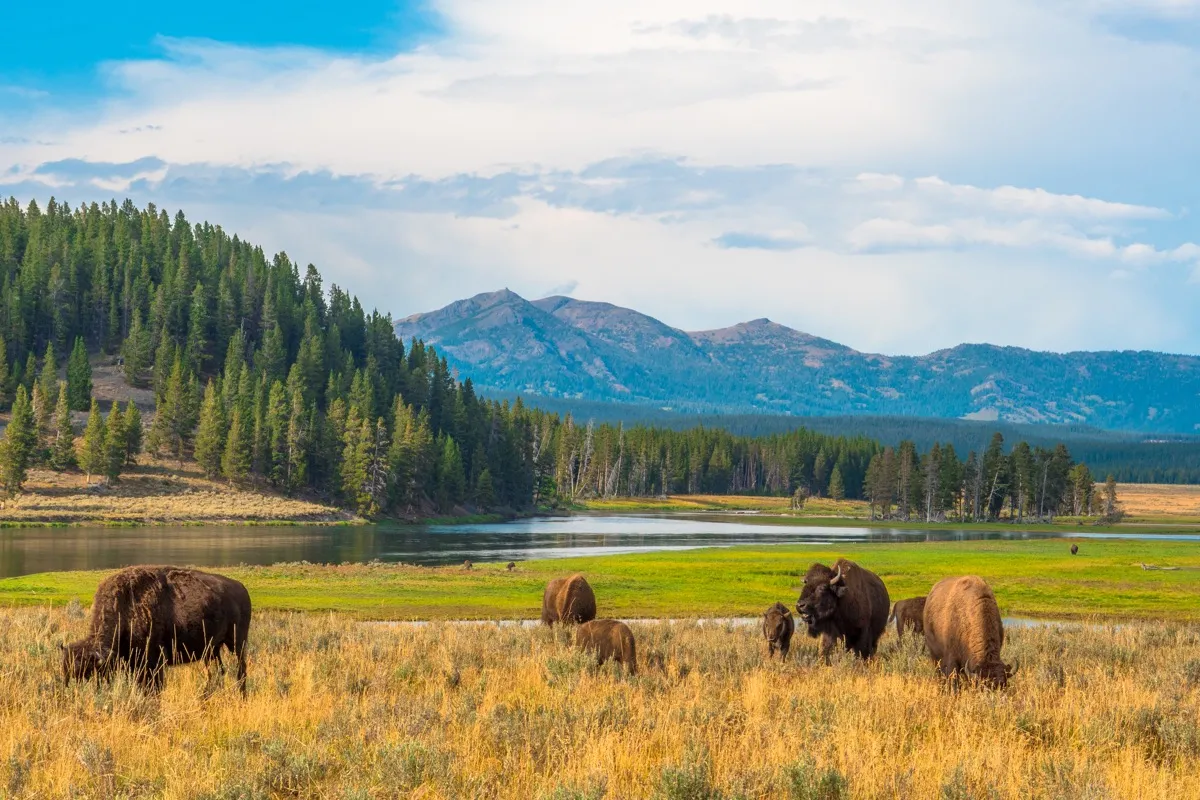
Yellowstone’s roaming wildlife can be one of its biggest draws, and bison are no exception. However, according to the park’s post, this annual summer event can lead to displays of strength that are less frequent at other times of the year.
“What is rut? The rut, or mating, season is the time of year that bison congregate in large herds to compete, socialize, and eventually breed,” officials explain. “Male bison (bulls) fight with each other to prove they are strong mates to the females of the herd. Bulls will mate with multiple females over the course of a single season, however female bison (cows) will mate with only one bull. Rut lasts from mid-July through September.”
Vistiors have posted videos of close encounters with bison on social media.
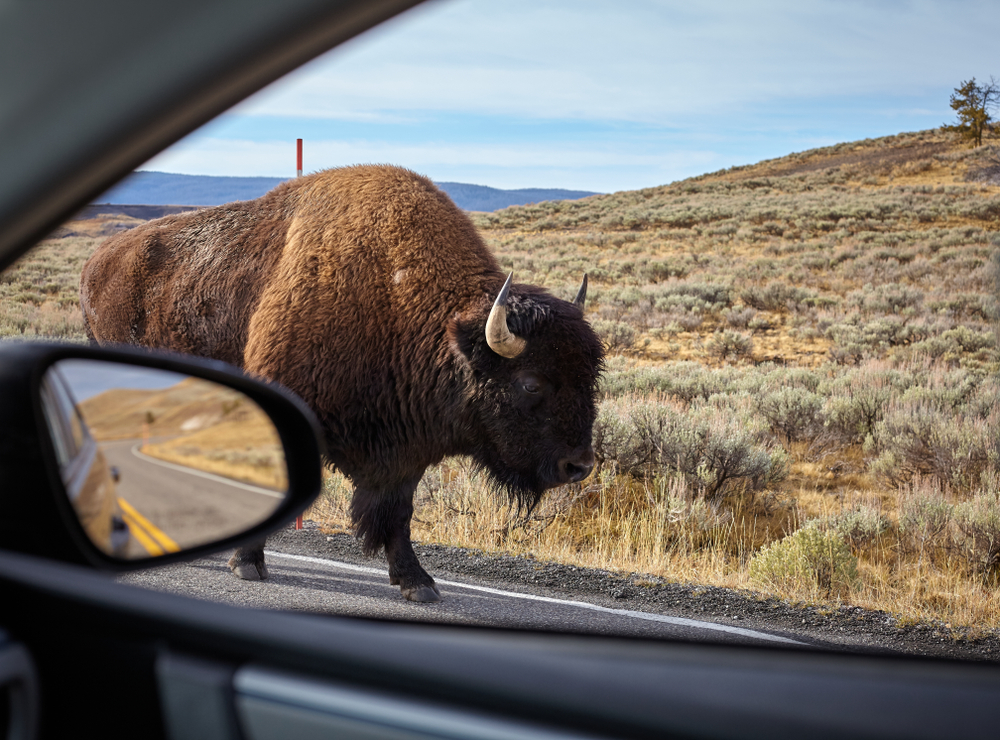
The park’s announcement came just days after visitors to the park caught a close encounter with the animals on film. In a video posted to Facebook on Aug. 18, Yellowstone tourist William Ogonowski managed to catch a couple of bison duking it out on the ride next to the car stopped in front of him, per For The Win. Moments after he points out how close the scuffle is happening to the other visitors, one of the bison turns and rams the nearby vehicle with its head.
It’s not the only example of the rut being caught on film. In a video posted to Facebook on Aug. 8 by regular park visitor Cindy Shaffer, tourists can be seen pulling over and stopping their vehicles to witness two bison coming to blows on the roadway. At one point, a pair of visitors get too close to the dueling animals in an attempt to get a photo as other guests yell out warnings such as “back up” and “they will kill you,” per The New York Post. As a result, Shaffer ultimately shared the video with the title “What not to do.”